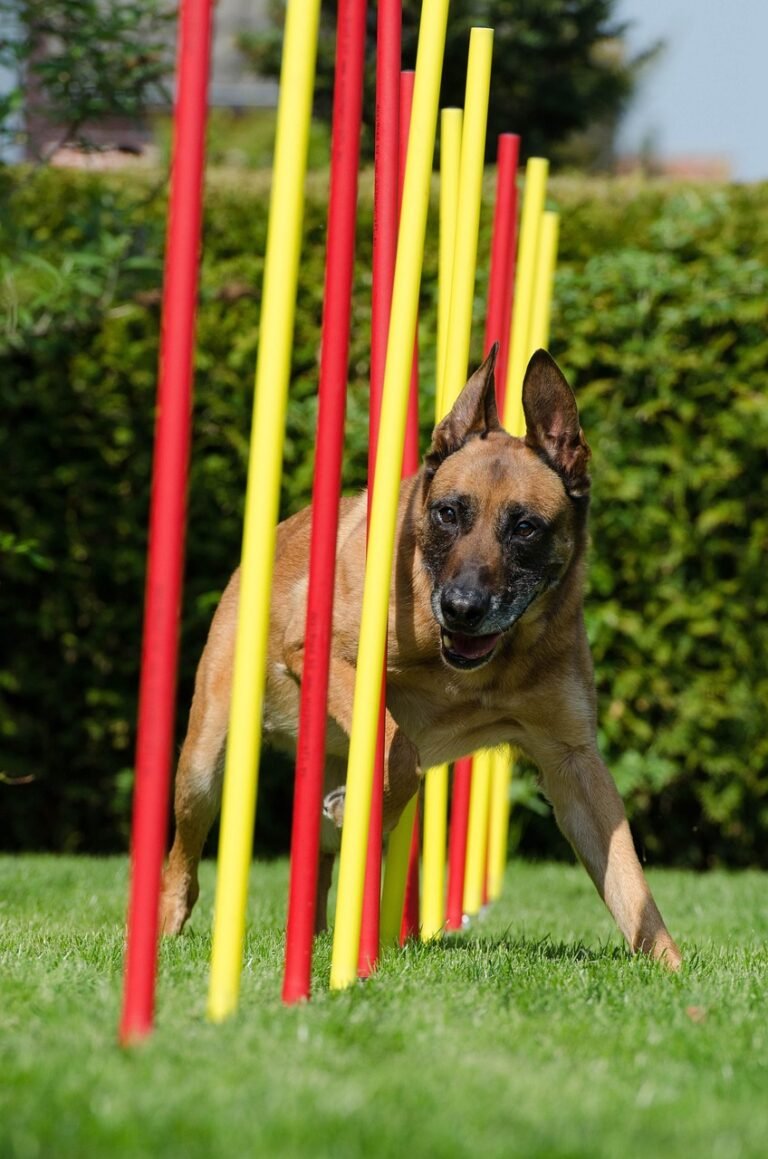Introduction to Dog Training Methods
Dog training methods are essential for fostering positive behavior in pets and ensuring a harmonious relationship between dogs and their owners. The significance of effective training extends beyond merely teaching commands; it aids in enhancing communication, establishing trust, and ultimately creating a well-mannered companion. Understanding the various techniques available is crucial for selecting the right method to suit individual needs and goals.
The landscape of dog training consists of several established approaches, each with its unique philosophy and strategies. Among the most prominent methods are positive reinforcement, clicker training, and dominance-based training. Positive reinforcement revolves around rewarding desired behaviors, thereby encouraging their recurrence. This method not only fosters a more enjoyable learning experience for the dog but also strengthens the bond with the owner. On the other hand, clicker training leverages a sound cue to signal reinforcement, which can enhance clarity in communication. Finally, dominance-based training draws upon a more traditional view of animal hierarchy, focusing on establishing the owner’s authority within the relationship.
As we delve deeper into the intricacies of these methods, it is important to highlight that the choice of training technique can significantly impact the outcomes and overall temperament of the dog. Each training method comes with its advantages and disadvantages, and what works for one dog may not necessarily work for another. Therefore, understanding the strengths and limitations of each method is necessary for dog owners seeking effective training solutions. This introductory exploration sets the stage for examining the specific techniques in detail, ultimately aiming to guide owners in making informed decisions regarding their dog training journey.
Positive Reinforcement Training
Positive reinforcement training is widely regarded as one of the most effective dog training methods available today. This approach focuses on encouraging desired behaviors by providing rewards, such as treats, praise, or toys, immediately following the correct behavior. The foundational principle behind this method is based on operant conditioning, where behaviors are influenced by their consequences. When a dog is rewarded for a specific action, they are more likely to repeat it in the future. This creates a positive learning environment for both the dog and the trainer.
One of the primary benefits of positive reinforcement training is its ability to strengthen the bond between the dog and its owner. In this method, the emphasis is placed on building trust and rapport. For example, a dog that receives a treat and affection for sitting on command will soon associate sitting with positive outcomes. This emotional connection not only aids in learning but also promotes a well-adjusted pet that feels secure and valued.
However, implementing positive reinforcement training is not without its challenges. Consistency is key in this training method. Owners must ensure they are rewarding the desired behavior promptly and using a reward that is motivating for their dog. In some cases, distractions may hinder the effectiveness of training, making it essential for owners to practice in a calm environment initially. Additionally, some dogs may not respond well to certain rewards, necessitating the exploration of various incentives to find what motivates them the most.
Successful examples of positive reinforcement training are prevalent in professional dog training settings. For instance, a case study involving a rescue dog who was fearful of strangers demonstrated remarkable progress through this approach. By gradually introducing strangers and rewarding the dog for calm behavior, the animal learned to trust and engage positively with new people, illustrating the method’s potential effectiveness. Ultimately, positive reinforcement training can lead to a well-behaved dog and a fulfilling relationship between the pet and its owner.
Clicker Training: A Step-by-Step Approach
Clicker training is a widely recognized method within the framework of positive reinforcement, designed to encourage desired behaviors in dogs through a structured process. The fundamental principle behind clicker training involves associating a distinct sound, produced by the clicker, with a specific behavior that the dog performs correctly. This association enables the dog to understand that the behavior it exhibited has been acknowledged and rewarded.
To initiate the clicker training process, one must first acquire a clicker, a small handheld device that emits a sharp, distinct sound. The first step involves acclimating the dog to the clicker. This can be achieved by clicking the device and immediately delivering a treat. Repeating this several times helps establish a connection between the sound of the clicker and the rewarding treat, reinforcing the dog’s understanding that positive actions lead to rewards.
Once the dog is familiar with the sound of the clicker and associates it with rewards, training can shift to shaping new behaviors. Shaping involves clicking and rewarding for small steps toward a desired behavior. For example, if the goal is to teach the dog to sit, the trainer would click when the dog lowers its rear end towards the ground, gradually clicking for the successive stages until the full behavior is achieved. This step-by-step progression fosters a strong learning environment, encouraging the dog to think and engage in its training actively.
As the dog begins to master specific commands, the next phase involves transitioning from the clicker to verbal cues. This transition is seamless when the dog has consistently responded to the clicker. At this point, trainers can use verbal commands followed by the clicker to reinforce the behavior, gradually phasing out the clicker while maintaining the reward system. This method not only enhances the dog’s learning experience but also solidifies the bond between the dog and trainer.
Suitability of Different Methods and Choosing the Right One
When it comes to dog training, it is essential to recognize that not all methods will yield the same results for every dog. Various training methods, such as positive reinforcement, clicker training, and traditional approaches, each offer distinct advantages and challenges, making the selection process highly individualized. Identifying the most suitable training method requires a thoughtful consideration of several factors, including the dog’s personality, breed, and the owner’s preferences.
Positive reinforcement, a method that rewards desired behaviors using treats, praise, or toys, is often favored for its effectiveness and ability to foster a strong bond between dog and owner. This approach is particularly beneficial for dogs that are motivated by food or play, making it a popular choice among trainers. Additionally, positive reinforcement tends to diminish the likelihood of fear-based responses and promotes a joyful learning environment.
Clicker training, a specific form of positive reinforcement, utilizes a clicker device to mark desired behaviors. This method appeals to many dogs, as the sound of the click serves as a clear indicator of good behavior, followed by a reward. Clicker training can be particularly effective for breeds that require consistent reinforcement and for older dogs that may take longer to learn new commands.
Conversely, traditional training methods, which often involve correction or aversive techniques, may prove effective for some dogs but can lead to higher stress levels and strained relationships between the dog and owner. Therefore, it is vital to assess an individual dog’s temperament and behavioral tendencies before employing these methods.
Ultimately, the best training approach is one that aligns with both the dog’s needs and the owner’s comfort level. A dog with a calm demeanor might respond well to gentle training, while a more energetic breed may thrive under a more structured approach. In summary, careful evaluation of both the dog and the owner will yield a compatible training method, resulting in optimal learning experiences and long-term success. Ensuring that both parties are on the same page is crucial to developing effective obedience and enhancing the bond shared between dog and owner.






